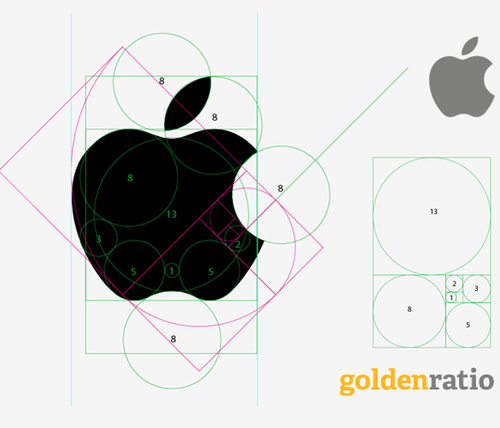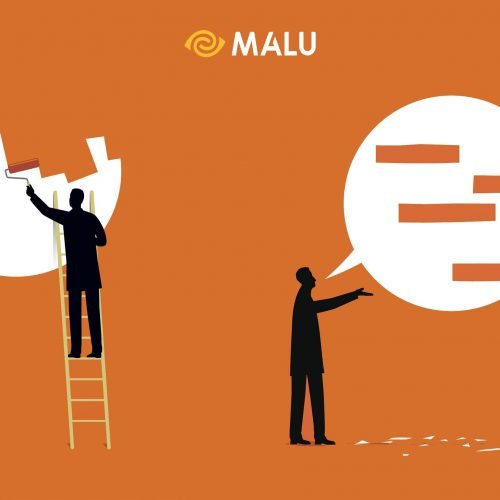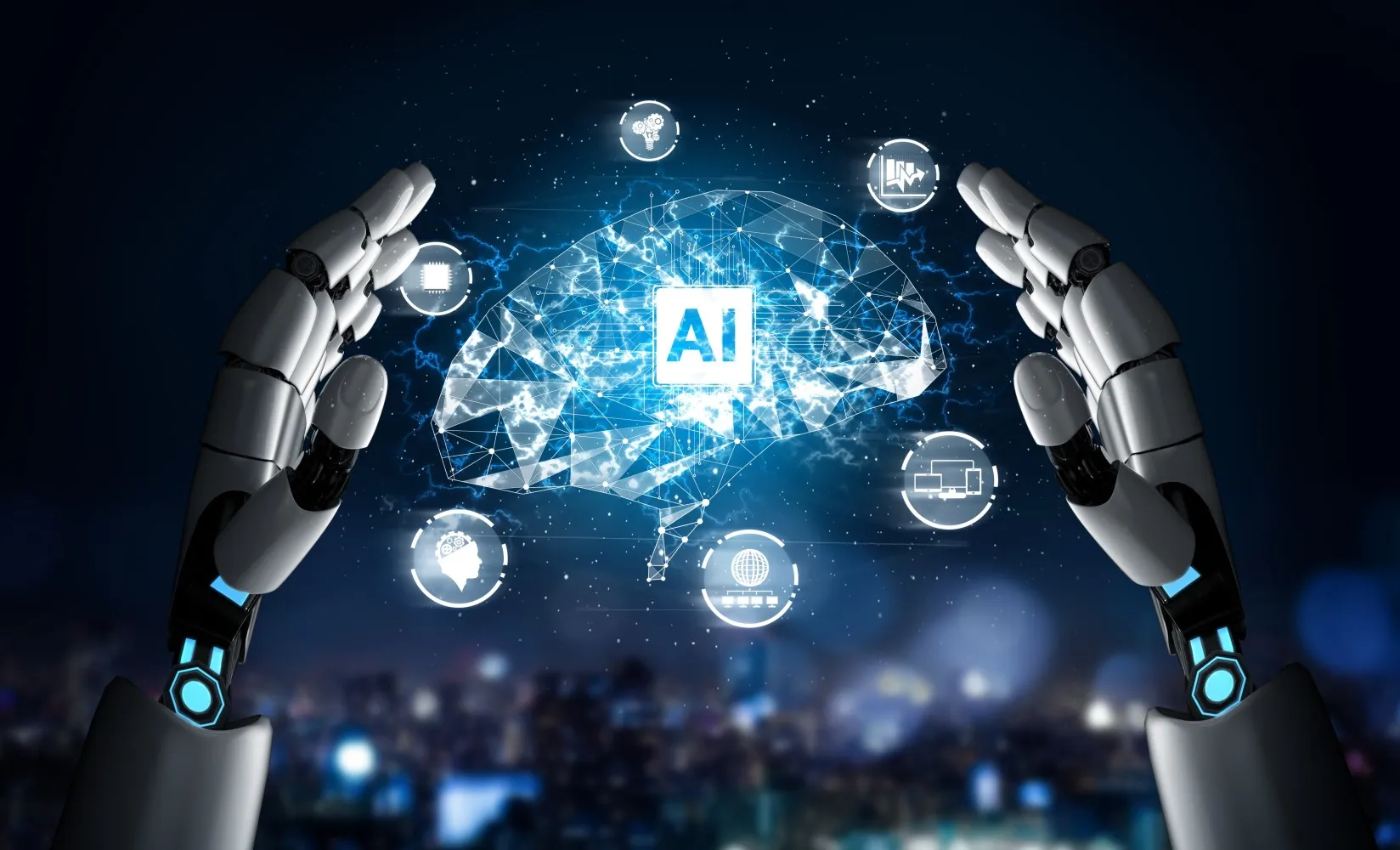
What is AI is a concern of many people because AI is mentioned a lot every time famous companies launch new electronic devices. If you also have the same question as above. Let’s refer to Malu’s article below to find out more accurate and detailed answers!
What is Artificial Intelligence AI?
Artificial intelligence ( ) or artificial intelligence ( AI for short ). This is a branch of computer science that is applied and programmed by humans with the aim of letting computers automate intelligent behaviors like humans .
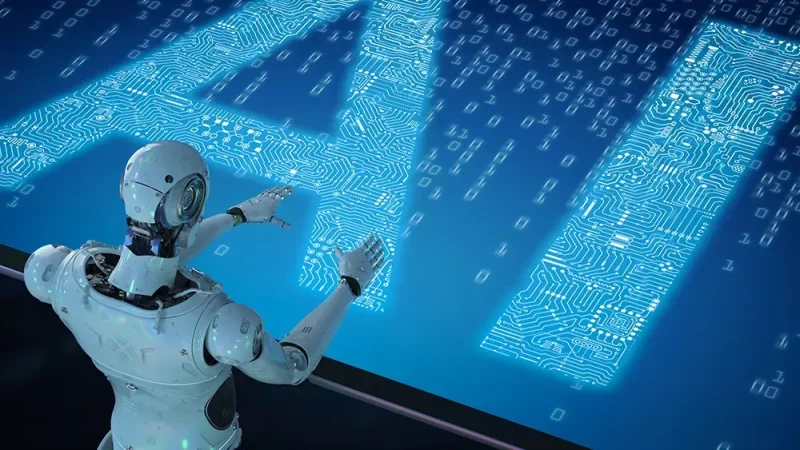
AI technology is completely different from logic programming in programming languages. Because this application is integrated into machine learning – a machine learning system to simulate human intelligence in all human processing better than computers.
Through AI artificial intelligence, electronic devices – machines will have intelligent behavior, adaptability and learning. In order to provide smoother and more smooth operation than conventional equipment.
The development history of AI – Artificial Intelligence
Intelligent robots and artificial creatures first appeared in ancient Greek mythology about antiquity. The development of syllabic theory and Aristotle’s use of deductive reasoning was a pivotal moment in humanity’s quest to understand intelligence. Despite its long and deep roots, the history of artificial intelligence as we think of it today spans less than a century. Here’s a quick look at some of the most important events in AI.

1940s
- (1943) Warren McCullough and Walter Pitts publish ” A Logical Calculus of Ideas Immanent in Nervous Activity .” The paper proposed the first mathematical model to build neural networks.
- (1949) In his book The Organization of Behavior : A Neuropsychological Theory , Donald Hebb proposed the theory that neural pathways are generated from experience and events. connections between neurons become stronger as they are used more often. Hebbian learning continues to be an important paradigm in AI.
1950s
- (1950) Alan Turing publishes ” Computing Machinery and Intelligence “, proposing what is now known as the Turing Test , a method for determining whether machines are intelligent.
- (1950) Harvard undergraduates Marvin Minsky and Dean Edmonds built SNARC, the first neural network computer.
- (1950) Claude Shannon published the article ” Programming a Computer for Playing Chess.”
- (1950) Isaac Asimov published ” Three Laws of Robotics .”
- (1952) Arthur Samuel develops a self-taught program to play checkers.
- (1954) Georgetown Machine Translation Experiment – IBM automatically translates 60 carefully selected Russian sentences into English.
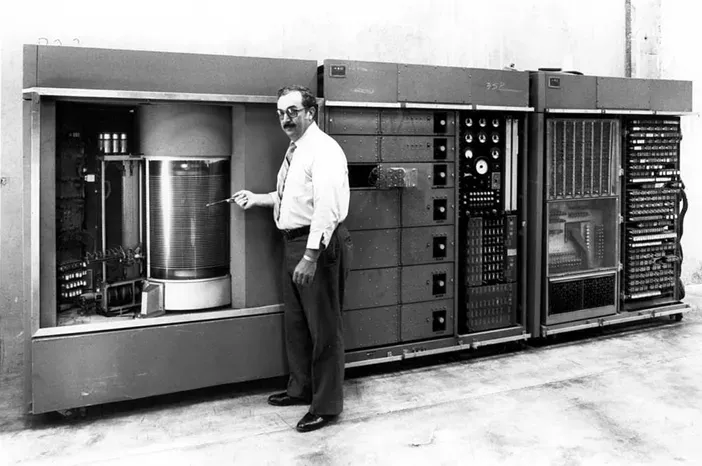
- (1956) The term artificial intelligence was coined at ” Dartmouth Summer Research Project on Artificial Intelligence”. Led by John McCarthy, the conference defined the scope and goals of AI, considered by many to be the birth of artificial intelligence as we know it today.
- (1956) Allen Newell and Herbert Simon prove Logic Theorist (LT), the first reasoning program.
- (1958) John McCarthy develops the AI Lisp programming language and publishes the paper “Programs with Common Sense”. The paper hypothesizes Taker Advice, a complete AI system with the ability to learn from experience as effectively as a human.
- (1959) Allen Newell, Herbert Simon and JC Shaw develop General Problem Solving Machine (GPS), a program designed to mimic human problem solving.
- (1959) Herbert Gelernter developed the program Geometry Theorem Prover – Prover Theorem of Geometry.
- (1959) Arthur Samuel used the term machine learning while working at IBM.
- (1959) John McCarthy and Marvin Minsky founded the MIT Artificial Intelligence Project.
1960s
- (1963) John McCarthy started the AI Lab at Stanford.
- (1966) The Automatic Language Processing Advisory Committee (ALPAC) report of the US government details the lack of progress in machine translation research, an initiative during the Cold War with the promise of automatic and instant Russian translation. The ALPAC report resulted in the cancellation of all government-funded MT projects.
- (1969) The first successful expert systems developed in DENDRAL, an XX and MYCIN program, designed to diagnose sepsis, were created at Stanford.
The 1970s
- (1972) The logic programming language PROLOG is created.

- (1973) The “Lighthill Report”, detailing frustrations in AI research, was published by the UK government and resulted in a severe cut in funding for artificial intelligence projects.
- (1974-1980) Frustration with progress in AI development led to a major cut in DARPA in academic grants. Combined with the previous ALPAC report and the previous year’s “Lighthill Report”, artificial intelligence funding dried up and research pavilions. This period is known as “First AI Winter.”
1980s
- (1980) Digital Equipment Corporations develop R1 (also known as XCON), the first commercially successful specialist system. Designed to configure orders for new computing systems, R1 kicks off a boom in investment in expert systems that will last for much of the decade, effectively ending the “AI Winter.” Firstly”.
- (1982) Japan’s Ministry of International – The Japanese Ministry of International Trade and Industry launches the ambitious project Fifth Generation Computer Systems (FGCS) . The goal of FGCS is to develop supercomputer-like performance and be the foundation for AI development.

- (1983) In response to Japan’s FGCS, the US government launched the Strategic Computing Initiative to provide DARPA-funded research in the areas of advanced computing and artificial intelligence. create.
- (1985) Companies are spending more than a billion dollars a year on expert systems, and an entire industry known as the Lisp machine market is forming to support them. Companies like Symbolics and Lisp Machines Inc. build specialized computers to run on the AI Lisp programming language.
- (1987-1993) As computer technology improved, cheaper alternatives emerged and the market for Lisp machines collapsed in 1987, ushering in a “second AI Winter”. During this period, expert systems proved too expensive to maintain and update, eventually falling out of favor.
1990s
- (1991) U.S. forces deploying DART, an automated logistics planning and scheduling tool, during the Gulf War.
- (1992) Japan terminated the FGCS project in 1992, citing its failure to meet the ambitious goals outlined a decade earlier.
- (1993) DARPA ended its Strategic Computing Initiative in 1993 after spending nearly $1 billion and falling short of expectations.
- (1997) IBM’s Deep Blue defeats world chess champion Gary Kasparov (Match video – https://edition.cnn.com/videos/business/2022/05/11/ibm-deep-blue-computer -beats-garry-kasparov-chess-champion-1997-vault-jg-orig.cnn/video/playlists/business-vault /)

2000s
- (2005) STANLEY, a self-driving car, won the DARPA Grand Challenge.
- (2005) The US Army begins to invest in autonomous robots such as Boston Dynamics’ “Big Dog” and iRobot’s “PackBot”.
- (2008) Google makes a breakthrough in speech recognition and introduces the feature in its iPhone app.
2010-2014
- (2011) IBM’s Watson beats the competition on Jeopardy!.
- (2011) Apple releases Siri, an AI-powered virtual assistant through the iOS operating system.
- (2012) Andrew Ng, founder of the Google Brain Deep Learning project, provides a neural network using deep learning algorithms 10 million YouTube videos as a training set. Neural networks have learned to recognize a cat without knowing what a cat is, ushering in a breakthrough era for neural networks and deep learning funding.
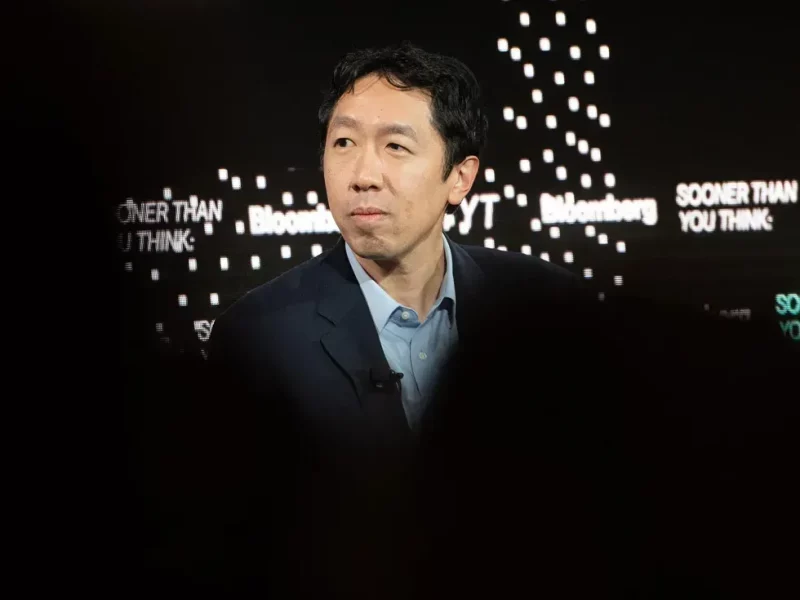
- (2014) Google creates the first self-driving car to pass the state driving test.
- (2014) Amazon’s Alexa, a virtual home is released
2015-2021
- (2016) Google DeepMind’s AlphaGo beat world Go champion Lee Sedol. The complexity of the ancient Chinese game is seen as a major obstacle to be solved in AI.
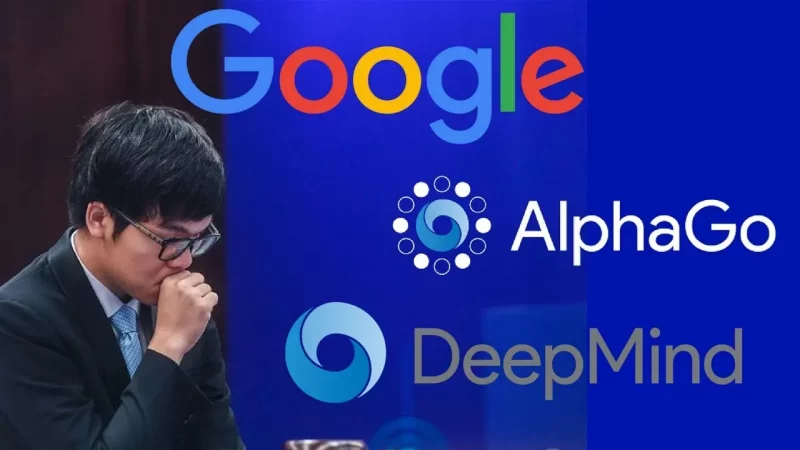
- (2016) The first “robot citizen”, a humanoid robot named Sophia, was created by Hanson Robotics and is capable of facial recognition, verbal communication, and facial expressions.
- (2018) Google releases natural language processing engine BERT, reducing barriers to translation and comprehension using machine learning applications.
- (2018) Waymo launches Waymo One service , which allows users throughout the Phoenix metropolitan area to request pickup from one of the company’s self-driving vehicles.
- (2020) Baidu releases its LinearFold AI algorithm to scientific and medical teams working to develop a vaccine in the early stages of the SARS-CoV-2 pandemic. The algorithm was able to predict the viral RNA sequence in just 27 seconds, 120 times faster than other methods.
Pros and cons of artificial intelligence AI?
For readers to better understand artificial intelligence, AI artificial intelligence technology, … before choosing to buy and use products that apply artificial intelligence or study AI.
To optimize, you should understand the advantages and disadvantages of this technology, in order to have a really accurate view of artificial intelligence:

Advantage
It can be said that artificial intelligence technology is not just like traditional computer software but also contains logic – including human intelligence. Therefore, in the process of using the user will have a great experience thanks to a series of outstanding advantages such as:
- Detect and prevent risks: AI technology helps people predict many potential risks and hazards to minimize unnecessary damage.
- Minimizing human labor: When installing AI technology in a robot or machine, the device will complete the assigned tasks well, helping people not need to work too much anymore.
- Eliminate language barriers: AI technology makes it possible for people in all countries to talk and communicate more freely.
- Personalization: The AI application will quickly evaluate and learn the audience it serves to give the most appropriate response during operation.
Defect
In addition to outstanding and outstanding advantages, AI artificial intelligence technology still has certain disadvantages during operation. Therefore, before choosing to buy to use, please refer to it for a more accurate view. Specifically, an American technology company patented and integrated this technology into an artificial intelligence robot – Sophia in 2015.
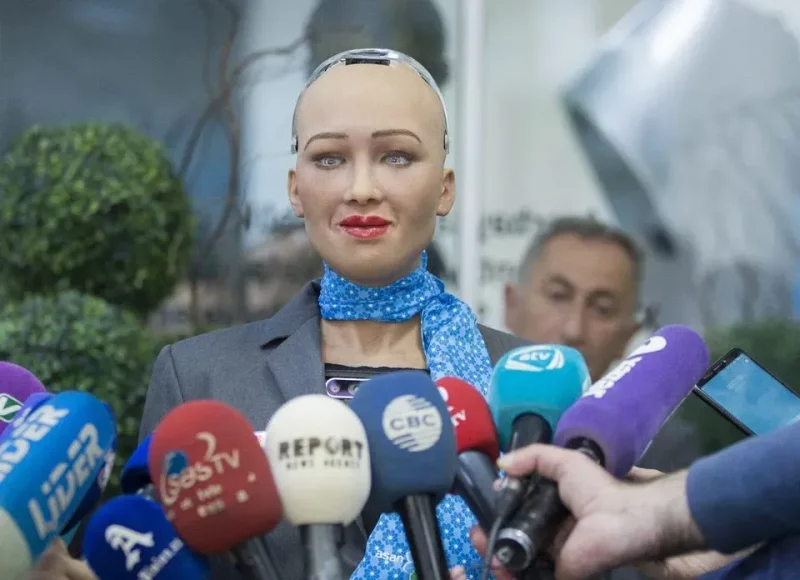
This is the first robot to be granted citizenship, all activities – Sophia’s thinking is very similar to that of a human. The aim of the company is to invent a conscious, creative artificial intelligence robot with the ability to act like a human. In order to serve areas such as health care, educational support, etc., to be better.
However, this also causes an inadequacy factor, because an AI robot has citizenship that is smarter than humans, thousands of times more knowledgeable. At the same time, it also calculates to handle quickly, never makes mistakes, does not get tired or sick – sickness, etc., what will be the position of the person now.
Besides, in recent years, the application of AI technology to nuclear and automatic weapons has raised many ethical alarm bells. Therefore, although AI brings many great benefits, it is extremely important to use it correctly.
What types of AI are there?
In order to optimally meet the needs of users when applying artificial intelligence, scientists have constantly researched and manufactured this technology into 4 different types. Each type will possess its own distinct advantages as follows, specifically:
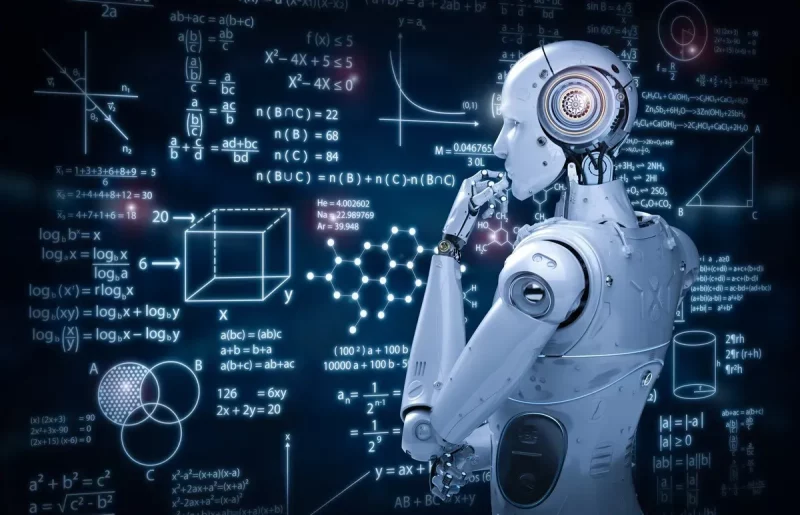
1. AI Technology – React
This is an AI artificial intelligence capable of analyzing many possible moves of himself and his opponent optimally. On the market today, there is a chess program called Deep Blue, which is applied AI technology reacted by IBM . As a result, the program can predict the next moves of the opponent and make the right moves accurately.
2. AI Technology – Limited Memory
Limited memory AI technology offers outstanding efficiency, thanks to the ability to store past experiences to make accurate decisions in the future. AI technology is often combined with many environmental sensors to predict possible scenarios and make the best decisions when operating.
Currently, this technology is applied to cars quite a lot, in order to calculate the distance to the cars in front. Minimize collisions and adjust vehicle speed appropriately to improve safety.
3. AI Technology – Theory of Artificial Intelligence
In addition, AI technology also easily learns, thinks for itself and then applies what has been learned to implement specific plans and plans.
4. AI Technology – Self-Awareness
This is a type of AI technology that has the ability to be self-aware, ensuring the feature is conscious and behaves like a human. They can even express emotions and understand human emotions. This is the highest development step of artificial intelligence, but until now, this type is still not really feasible and applied in practice.
AI is integrated into many different technologies
To answer your readers’ question of what artificial intelligence is for, below we have summarized many different technologies that are integrating AI into the operation process as follows:
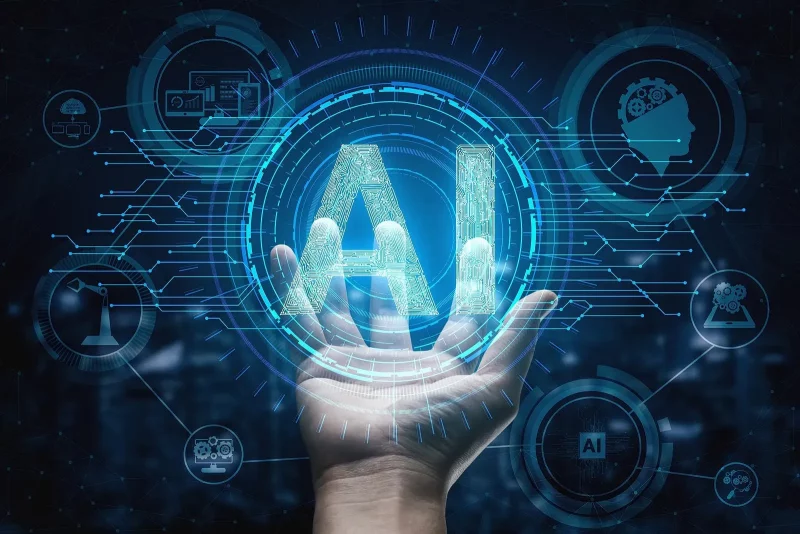
- Language processing: This is human language processing through AI for spam detection, subject line review, text translation, sentiment analysis, message body, and speech recognition.
- Machine vision: Capture and analyze visual information through AI technology to convert to digital signal and process it. Installed device vision can be programmed to see through walls for signature recognition and medical image analysis.
- Machine Learning: The research and development of techniques that allow computing systems to “learn” automatically from data to solve many specific problems.
- Automation: AI is integrated into production technology in the industrial and mechanical fields to meet extremely high-volume automatic processing.
- Self-driving cars: Using AI vision for image recognition, combining computer vision to build automatic control skills when operating.
- Robotics: This is a technology that applies AI technology to perform many difficult tasks such as assembling and manufacturing cars or moving large objects in space.
What is the application of AI in reality and in the future?
With a series of outstanding advantages and rigorous and professional operation, the applicability of AI in practice and in the future is receiving a lot of appreciation as follows:
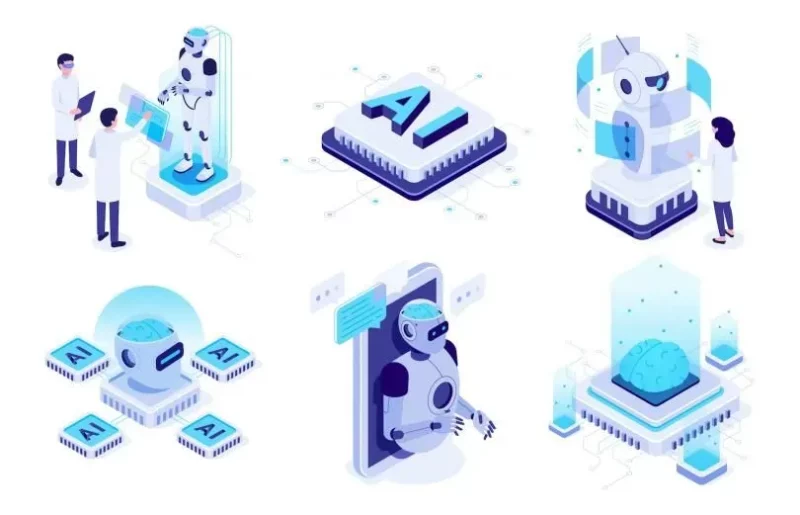
Education
Artificial intelligence AI can create many great changes in the field of education thanks to many outstanding activities such as: grading, tutoring students, … automation .
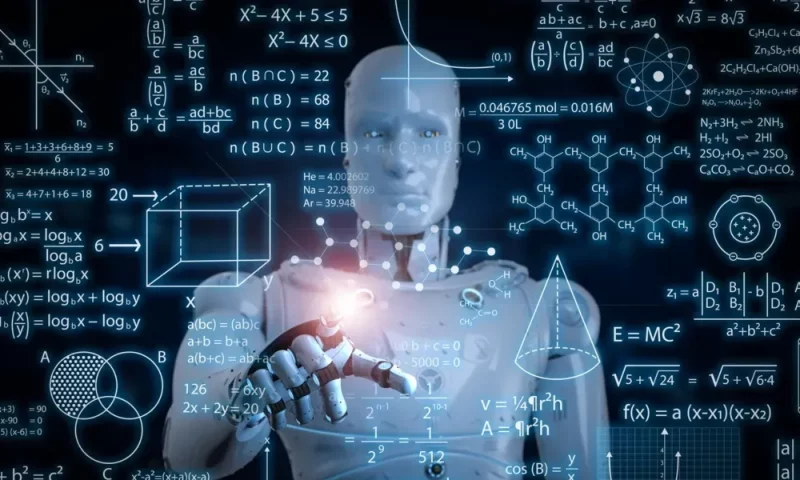
Up to now, many games and educational software have applied this technology and optimally supported many specific needs of students to improve learning. Artificial intelligence also points out the problems that education needs to fix to improve teaching and learning results extremely well.
This technology will monitor the learning progress of students and notify teachers. In addition, it also supports students – students to learn easily anywhere in the world thanks to software integrated with AI technology.
The media
Thanks to artificial intelligence AI, the field of communication will change the approach to many different potential customers.
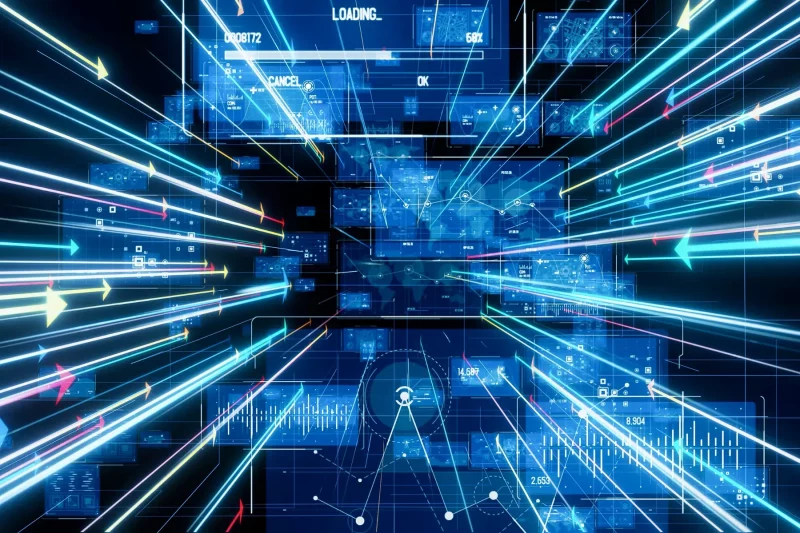
Companies and business units will find the right group of potential customers based on analyzing characteristics such as: Demographics, online activity habits and the content that customers often view on QC.
Carriage
In the field of transportation, at present, artificial intelligence AI is widely applied to many devices to meet self-driving – self-operation . Thereby, the economic benefits will be higher while also cutting costs and optimally limiting accidents that are dangerous to human life.
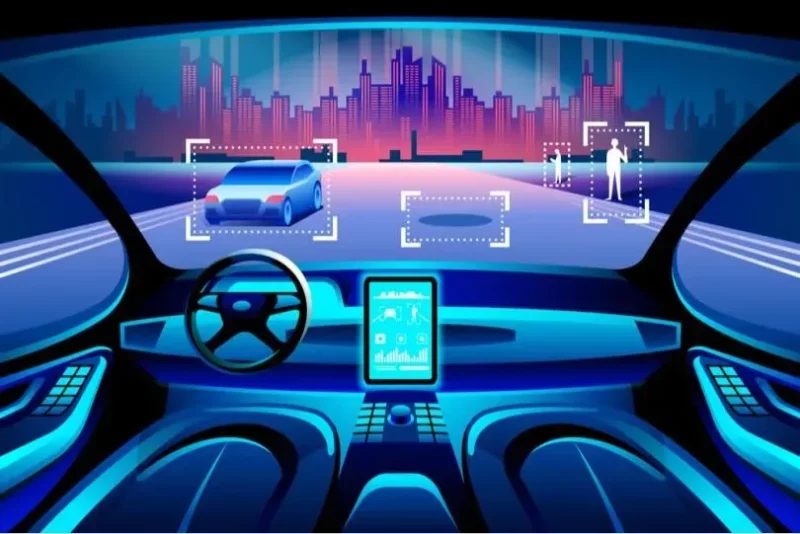
Manufacture
AI artificial technology is also active in the manufacturing field, ensuring optimal efficiency. At the same time, it also ensures high analysis, calculates the basis of orientation for decision making in the field of production.

Service
The service industry will operate optimally and excel thanks to AI technology, while also contributing to bringing new experiences to customers. Because the analysis and data collection is extremely intelligent then bring solutions tailored to the needs of each customer!
Finance – Business
Referring to the application of AI in reality and in the future, it is impossible to ignore the field of Finance – Business. Through this technology, repetitive tasks using automated robots will be faster and better serve customers.

Law
Through AI artificial intelligence, humans will quickly discover and filter information more efficiently. Thanks to that, the process of investigation, information integration and punishment is also quick and outstandingly effective.
Frequently asked questions
Epilogue
Through this article, we have read together with readers to find out details from AZ about what artificial intelligence AI is. With outstanding advantages, this technology has helped people in many different fields. Hope you will have a more accurate and objective view of the use of this technology after reading the article!


